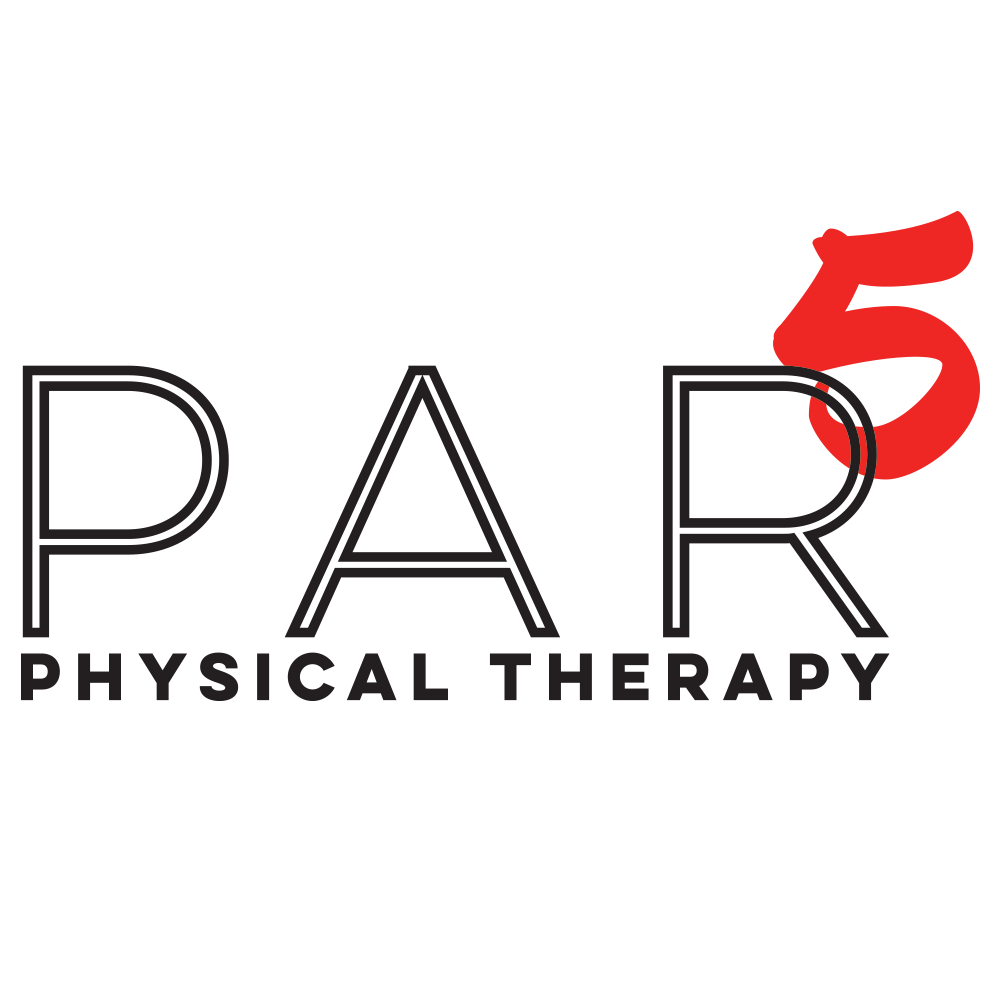Knee pain and Physical Therapy
Knees are joints that we often take for granted. We don’t really worry about them until they hurt. I've seen many times how knee pain can creep up on people.
A common story line.
The story can go like this: a competitive athlete works out 4-5 times a week, played multiple sports when they were younger, is used to the soreness and discomfort that goes with working out, progresses to a workout program to maintain strength and mobility, then knee pain pops up seemingly out of nowhere.
Another scenario: a recreational runner for years, has done several marathons and short races, may run 20-35 miles a week, doesn't really have any other regular exercise programs, starts to have knee pain when training for an upcoming marathon this year.
Still, another scenario: a generally sedentary individual but walks for exercise, tracks steps via a smartwatch, tries to get at least 10,000 steps a day, starts to have knee pain one day while going down a set of stairs at work.
These three scenarios may seem like completely different people, but all too common in regards to knee pain.
Knees work all day, every day.
Knees are the workhorses of the lower body. They bend and straighten over a hundred to a thousand times a day. They are relatively a simple joint, just moving in one plane of motion. Through repetitive movement and overuse, they can start to degenerate or get irritated. Because they only bend and straighten, any rotational movement in the knee can increase that irritation.
Athletes and clients like those mentioned above can benefit from an overall total body diagnostic to assess the forces and causes of their knee pain. The causes of knee pain can be varied: from ligamental or cartilage trauma to strains/sprains and tissue flexibility issues.
How to treat knee pain.
It starts with assessing movement. That movement can be running, squatting, or just getting up out of a chair. We reproduce the movement that causes pain and look at how the body moves. We tease out at what point during the movement the pain occurs. Then we look deeper at the specific structures involved, which can be something outside of the knee joint itself.
A tight ankle or a faulty foot posture can cause knee pain. Poor hip strength and coordination of muscle activation can cause knee pain. Tight tissue around the knee can cause knee pain. The causes can vary, as does the resulting treatment.
That's why it's important to have a good physical exam and total body diagnostic to assess the underlying causes and connections to your knee pain.
Treatment begins with making sure structures in the knee are intact and the soft tissue surrounding the joint are as mobile and strong as they can be. Special manual tests can rule in or rule out specific tendon, joint, or ligament involvement. Then manual soft tissue work can reduce tightness and pain. We can use special instruments to mobilize tissue and make sure structures can move and slide properly.
Then selective strengthening and stretching exercises can begin, along with corrective body mechanics training. Making sure the knee bends and straightens on axis is important. The ankle needs to be as mobile and flexible as you can make it, the foot needs to be stable, and the hip needs to be strong to control knee position when walking, negotiating stairs, and squatting.
Knee pain is very common, and treating it conservatively with physical therapy is very effective. You can avoid knee surgeries and pain medications with the above treatments.
If you have any questions about knee pain or want to schedule a consultation, contact PAR5 Physical Therapy to find out more.

